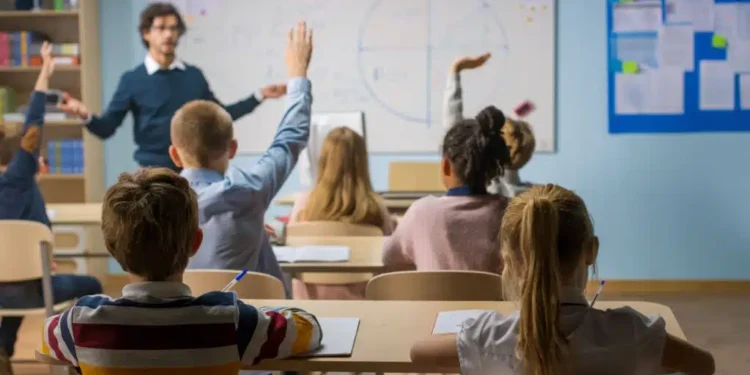The landscape of education is perpetually evolving, adapting to the diverse needs of students and embracing technological advancements. In this dynamic environment, educators are constantly seeking new strategies to make learning more effective and engaging. In this blog post, we delve into several innovative teaching techniques that have transformed the modern classroom, offering fresh perspectives and exciting opportunities for both teachers and students.
Table of Contents
Flipped Classrooms
One of the most significant shifts in recent years is the adoption of the flipped classroom model. This approach involves students learning new content at home through videos or reading materials, and then applying this knowledge in the classroom through discussions, problem-solving sessions, and hands-on activities. This reversal of traditional classroom activities not only promotes active learning but also allows teachers to dedicate more time to individual student needs.
Gamification
Gamification (the integration of game elements in a non-game context) has proven to be a powerful tool in education – by incorporating points, leaderboards, and badges into the learning process, teachers can create a competitive yet collaborative atmosphere that motivates students. This technique is particularly effective in teaching complex subjects, making them more accessible and enjoyable.
Collaborative Learning
Encouraging collaboration among students fosters a sense of community and enhances learning outcomes. Group projects, peer-to-peer teaching, and collaborative problem-solving activities not only enhance understanding of the material but also develop important social skills like communication, teamwork, and empathy. These skills are crucial in the modern, interconnected world.
Technology-Enhanced Learning
Technology plays a pivotal role in modern education – from interactive whiteboards to educational apps, technology offers myriad ways to enhance the learning experience. It allows for personalised learning experiences, where students can learn at their own pace and in their preferred style. Moreover, digital tools provide access to a wealth of resources that were previously unavailable, opening up new horizons for exploration and discovery.
Experiential Learning
Experiential learning is another innovative approach; this method involves learning through doing and reflecting on those experiences. Whether it’s a science experiment, a historical reenactment, or a field trip, experiential learning makes education tangible and memorable. It helps students connect theoretical knowledge with real-world applications.
Teaching Grammar in Fun Ways
An essential aspect of modern teaching techniques is making subjects that are traditionally viewed as tedious, like grammar, exciting and engaging for students. There are fun ways to teach grammar that can transform the way students perceive and learn the intricacies of language. These methods include interactive games, storytelling, role-playing, and the use of digital tools, making grammar lessons not only informative but also enjoyable.
Final Thoughts
The modern classroom is a dynamic space that continues to evolve with the introduction of new teaching methodologies and technologies. By embracing these innovative techniques, educators can create an engaging, effective, and inclusive learning environment that prepares students for the challenges of the future. The key is to keep exploring, adapting, and finding novel ways to ignite the spark of curiosity and love for learning in every student.


 Home
Home










